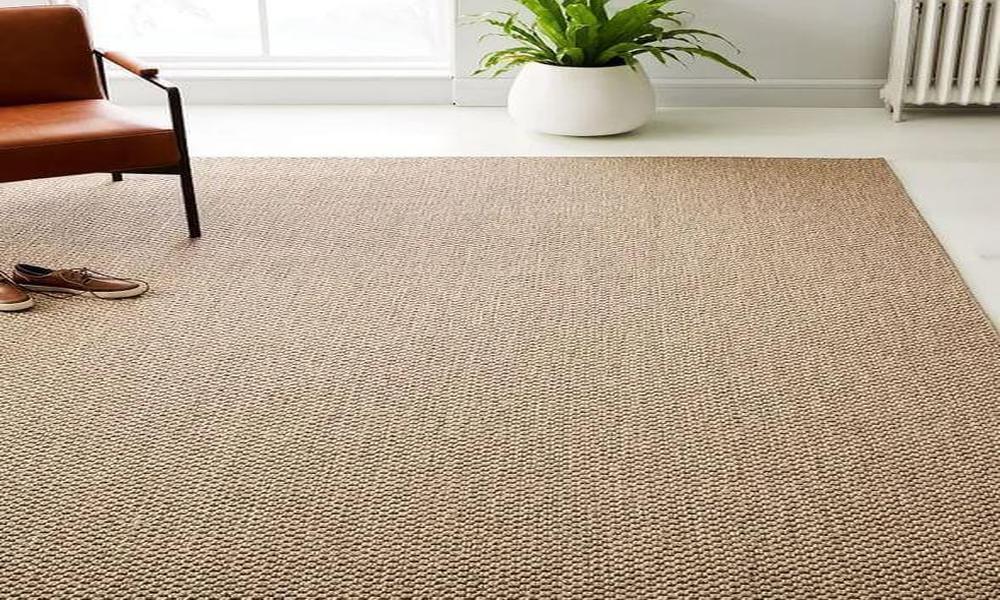
Whether you have been collecting wine for years or have just recently begun the pastime, having a place to store your collection is essential. This stays true regardless of how long you’ve been collecting wine or how recently you began doing so. Because it preserves the wine at the proper temperature and humidity levels, a wine cooler provides a straightforward answer to the problem of how to mature wine.
Additionally, a wine refrigerator may be used as a storage device for wine. At Expert Wine Storage, customers can choose from a comprehensive assortment of wine coolers to buy, each of which is suitable for use in a variety of locations, including those that are commonplace in the home and the workplace.
We will provide options for any conceivable cooling scenario, including those that call for a window unit, a wall unit, or several cooling zones. Before going out to purchase a wine cooler, you should check to see that they have been moved out of the way. Let’s take a closer look at some of these things so that you can make a decision that is well-informed. Choosing the best dual zone wine fridges is always important.
Why Investing in a Wine Refrigerator Is the Best Course of Action
Due to the fragile nature of wine, it may quickly go bad if it is not kept correctly after being opened. Using a wine cooler to store wine decreases the possibility that fluctuations in temperature and humidity will have an adverse effect on the bottle since the primary purpose of a wine cooler is to protect wine from being ruined by variations in those two parameters. A number of considerations, including those listed below, were taken into account in the creation of the very best dual-zone wine refrigerators.
Temperature
The temperature at which wine should be stored depends on a variety of circumstances, including the kind of wine and the year it was made, amongst others. The best temperature for storing wine is very context-dependent. Two of these characteristics are the amount of alcohol and tannins that are present in the wine.
The ideal serving temperature for red wine is between 16 and 18 degrees Celsius, whereas the ideal serving temperature for white wine is between 8 and 10 degrees Celsius. It is essential that the correct temperature be reached and maintained at all times in order to protect the wine’s quality as well as its flavour. Wine coolers, on the other hand, are readily available, which guarantees that these requirements will be satisfied on an ongoing basis.
Humidity
When wine is stored for a lengthy amount of time, humidity is an important factor to consider. In conditions with low humidity, the quality of wine might decrease. It is done in this manner in order to keep the wine at the appropriate temperature and to prevent the cork from being dried out. This is helpful in preventing the wine from being overheated. If the relative humidity in the room is too low, the cork that is placed on a bottle of wine runs the risk of drying out and allowing oxidation to begin. Many of today’s wine coolers come equipped with humidity controls to help avoid problems like these.
Conclusion
Alterations in temperature and humidity are two of the most significant factors that may negatively impact the quality of wine. Wine that has been left in the sun for extended periods of time will get warmer and will experience accelerate chemical transformations. As a result of this need, wine coolers were developed to provide an environment that was consistently shaded so that wine could age properly in them. This was only possible because of the highly comfortable storage space. You may have some piece of mind knowing that your wine won’t be damaged by the sun’s rays if you choose wine coolers that are made with glass that is resistant to ultraviolet light.




